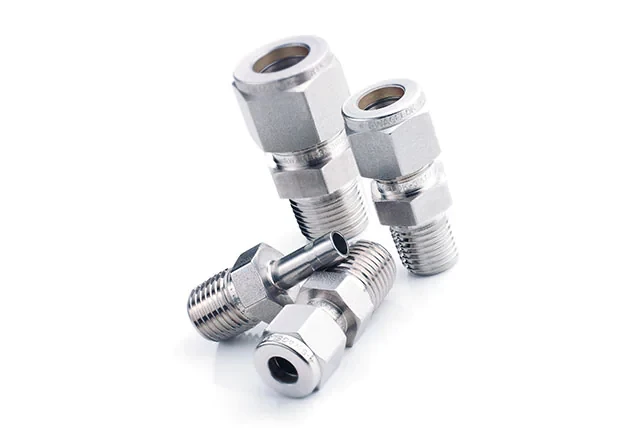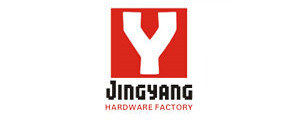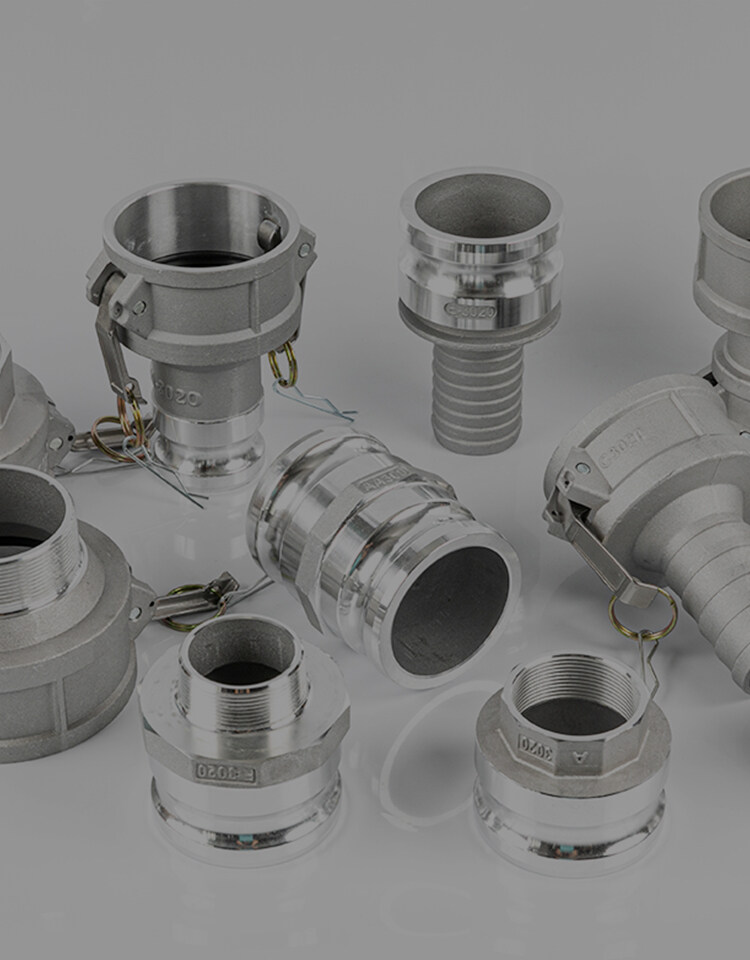Erreur de format d'e-mail
emailCannotEmpty
emailDoesExist
pwdLetterLimtTip
inconsistentPwd
pwdLetterLimtTip
inconsistentPwd

Nouvelles
Ici, vous pouvez décrire un morceau de texte que vous souhaitez exprimer

Maximizing Efficiency with Reusable Air Hose End Fittings: A Sustainable Choice
In the dynamic world of pneumatic tools and air compressor systems, the quest for efficiency is never-ending. A critical yet often overlooked component in this quest is the humble air hose—a lifeline for any air-powered operation. But it’s not just the hose that matters; the fittings at each end play a pivotal role in the system’s overall performance. Enter reusable air hose end fittings, a game-changer for both the seasoned professional and the weekend warrior. These innovative fittings offer a sustainable and cost-effective solution, allowing for quick and easy hose repairs without the need for complete replacement. In this extensive post, we will explore the myriad benefits, delve into their types and applications, and provide a guide to selecting, installing, and maintaining them. By the end of this journey, you’ll see why reusable air hose end fittings are not just a choice but a smart investment for the future of your air-powered projects.
Chapter 1: The Advantages of Reusable Air Hose End Fittings
The air hose is an essential component of any pneumatic system, but it is susceptible to damage from wear, pressure, and environmental factors. Traditionally, a damaged hose would require a complete replacement, but with reusable air hose end fittings, the life of an air hose can be extended, providing significant cost savings and reducing waste. These fittings are designed to be easily disconnected and reattached, making them ideal for on-the-spot repairs.
Cost-Effectiveness and Reduced Waste
The most immediate benefit is their cost-effectiveness. By allowing for the simple replacement of a damaged section of hose, these fittings eliminate the need to purchase an entirely new hose, which can be expensive. Additionally, by prolonging the life of the hose, reusable fittings contribute to waste reduction, an important consideration in today’s environmentally conscious world.
Ease of Installation and Repair
The air hose end fittings are designed with simplicity in mind. They can be installed quickly and without specialized tools, making them accessible to users of all skill levels. Whether you’re on a construction site or in your home workshop, the ability to perform a repair without downtime is invaluable. This ease of use also translates to greater productivity, as less time is spent on maintenance and more on the task at hand.
Durability and Long-Term Performance
Despite their ease of use, they do not compromise on durability. Made from high-quality materials such as brass or stainless steel, these fittings are built to withstand the rigors of regular use. They are resistant to corrosion, temperature variations, and mechanical stress, ensuring long-term performance and reliability.
Chapter 2: Types of Reusable Air Hose Ends
When it comes to reusable air hose end fittings, there’s a variety to choose from, each with its own set of features and benefits. Understanding the differences between these types can help you make an informed decision when it comes to equipping your pneumatic system.
Understanding Different Designs and Materials
Reusable air hose ends come in various designs, including barbed fittings, screw-on fittings, and push-on fittings. Barbed fittings are designed to fit inside the hose and are secured with a clamp. Screw-on fittings, on the other hand, have threads that match those on the hose and are tightened by hand or with a wrench. Push-on fittings offer a quick and tool-free connection, which is ideal for fast-paced work environments.
The materials used in these fittings are just as important as the design. Brass is a common choice due to its corrosion resistance and durability. Stainless steel is another popular option, especially in applications where the fittings may be exposed to harsh chemicals or extreme temperatures. Aluminum and plastic fittings are also available and are typically used in less demanding applications due to their lighter weight and lower cost.
Selecting the Right End Fitting for Your Hose
Choosing the right reusable air hose end fitting requires consideration of several factors. The size and type of hose, the working pressure, the type of pneumatic tools being used, and the environment in which the hose will operate all play a role in the selection process. It’s crucial to match the fitting to the hose’s inner diameter and material to ensure a secure and leak-free connection.
Compatibility with Various Air Compressor Hose Ends
Compatibility is key when it comes to connecting your reusable air hose end fittings to the air compressor hose end. The threads must match to prevent air leaks and ensure a secure connection. It’s also important to consider the air hose quick coupler, which allows for rapid connection and disconnection of tools. Ensuring that your reusable fittings are compatible with the quick coupler you’re using will save time and frustration.
Chapter 3: Step-by-Step Guide to Installing Reusable Air Hose End Fittings
Installing reusable air hose end fittings is a straightforward process that can be completed with minimal tools. Here’s a step-by-step guide to ensure a proper installation:
Tools and Materials Needed
Before you begin, gather the necessary tools and materials. You’ll need a utility knife or hose cutter, a clamp or crimping tool (depending on the type of fitting), and the reusable fitting itself. It’s also a good idea to have some lubricant on hand to ease the installation process.
Preparing the Hose for Installation
Start by cutting the damaged section of the hose cleanly and squarely. A clean cut ensures a better fit and prevents leaks. If you’re using a barbed fitting, lubricate the barb and the inside of the hose to make it easier to insert. For screw-on fittings, ensure that the threads on both the hose and the fitting are clean and free of debris.
Securing the Fitting for Optimal Performance
Once the fitting is in place, secure it according to the manufacturer’s instructions. For barbed fittings, this typically involves tightening a clamp around the hose and fitting. For screw-on fittings, hand-tighten the fitting before giving it a final turn with a wrench. Be careful not to over-tighten, as this can damage the hose or fitting.
Chapter 4: Troubleshooting Common Issues with Air Hose End Fittings
Even with the best installation practices, issues can arise with air hose end fittings. Here are some common problems and how to address them:
Identifying and Fixing Leaks
Leaks are the most common issue with air hose fittings. If you notice a leak, first check the connection points to ensure they’re tight. If the leak persists, inspect the hose and fittings for damage. A damaged hose may need to be cut and re-fitted, while a damaged fitting should be replaced.
Dealing with Wear and Tear
Over time, fittings can suffer from wear and tear, especially in harsh environments. Regularly inspect your fittings for signs of corrosion, cracking, or other damage. Replacing worn fittings promptly can prevent leaks and system failures.
When to Replace vs. When to Reuse
While reusable fittings are designed for multiple uses, there comes a time when they must be replaced. If a fitting shows significant wear or damage, or if it no longer provides a secure seal, it’s time to replace it. However, if the fitting is in good condition and the hose is the only damaged component, you can reuse the fitting with a new section of hose.
Chapter 5: Enhancing Your Air System with the Right Accessories
To maximize the efficiency of your pneumatic system, it’s important to choose the right accessories. This includes air hose quick couplers and portable air conditioner exhaust hose couplers, which can make a significant difference in the usability and versatility of your system.
The Role of Air Hose Quick Couplers
Air hose quick couplers allow for rapid changes between tools, saving time and increasing productivity. When selecting a quick coupler, consider the type of tools you’ll be using and the working pressure of your system. Compatibility with your reusable air hose end fittings is also crucial.
Benefits of Using a Portable Air Conditioner Exhaust Hose Coupler
For those using portable air conditioners in their workshops, a portable air conditioner exhaust hose coupler can be a lifesaver. These couplers allow you to easily extend or redirect the exhaust hose, improving the efficiency of the air conditioner and keeping your workspace comfortable.
Streamlining Connections with High-Quality Air Hose End Fitting Options
Investing in high-quality reusable air hose end fittings can streamline your connections and reduce the likelihood of leaks and failures. Look for fittings with a reputation for durability and reliability, and consider the specific needs of your pneumatic system when making your selection.
Chapter 6: Best Practices for Maintaining Your Reusable Air Hose End Fittings
Maintaining your reusable air hose end fittings is crucial for ensuring their longevity and reliability. By following a few best practices, you can keep your fittings in top condition and prevent common issues that could lead to downtime or costly repairs.
Routine Inspection and Cleaning
Regular inspection of your reusable air hose end fittings is the first step in maintenance. Look for signs of wear, such as cracks, corrosion, or deformation. Check for any leaks at the connection points, which could indicate that a fitting is not properly secured or has become damaged. Cleaning should be part of the inspection process; remove any dirt, debris, or oil that could compromise the fitting’s seal. Use a mild detergent and water for cleaning, and ensure the fittings are completely dry before reattaching them to your hose.
Proper Storage Techniques
When not in use, store your air hoses and fittings in a clean, dry environment to prevent damage. Avoid hanging hoses by their fittings, as this can cause unnecessary stress and potential deformation. Instead, coil the hose loosely and store it on a flat surface or a dedicated hose reel. Keep fittings away from direct sunlight, extreme temperatures, and chemicals that could degrade the materials over time.
Avoiding Common Mistakes That Shorten Fitting Lifespan
One common mistake is over-tightening fittings, which can strip threads or crack the fitting body. Always follow the manufacturer’s recommendations for torque specifications. Another mistake is using fittings with incompatible hoses or media; ensure that the fitting material is suitable for the type of fluid being conveyed and the hose material. Lastly, avoid using damaged or worn hoses with reusable fittings, as this can lead to leaks and fitting failure.
Chapter 7: The Environmental Impact of Reusable Fittings
Reusable air hose end fittings contribute significantly to sustainable practices within the industry. By extending the life of air hoses, these fittings reduce the amount of waste generated from discarded hoses and fittings.
Contribution to Sustainable Practices
The use of reusable fittings aligns with the principles of reduce, reuse, and recycle. By reusing fittings, you minimize the need for new resources and decrease the environmental footprint associated with manufacturing and disposing of pneumatic components.
The Lifecycle of Reusable Fittings vs. Disposable Options
Reusable fittings have a longer lifecycle compared to disposable options. While disposable fittings are often used once and then thrown away, contributing to landfill waste, reusable fittings can be detached, repaired, and reattached multiple times, which conserves resources and reduces waste.
How Reusability in Fittings Aligns with Eco-Friendly Initiatives
The reusability of these fittings supports eco-friendly initiatives by promoting a circular economy where products are designed for longevity and recyclability. This approach helps to conserve natural resources and reduce pollution, aligning with global efforts to create a more sustainable future.
Chapter 8: Innovations in Reusable Air Hose End Fitting Technology
Advances in Material Science
The evolution of reusable air hose end fittings is closely tied to breakthroughs in material science. Manufacturers are now using advanced alloys and composite materials that offer superior strength, flexibility, and resistance to wear and tear. These materials can withstand harsh environmental conditions, including extreme temperatures and exposure to chemicals, which is essential for industries such as mining, construction, and automotive repair. The development of these new materials means that the latest reusable air hose end fittings are lighter, more durable, and capable of providing airtight seals more reliably than ever before.
The Future of Smart Fittings with Integrated Sensors
The integration of sensor technology into reusable air hose end fittings is set to revolutionize the industry. These smart fittings can monitor air flow, pressure, and temperature in real-time, providing valuable data that can be used to optimize pneumatic system performance and predict maintenance needs. With the advent of the Internet of Things (IoT), these fittings can be connected to a network, allowing for remote monitoring and control. This level of intelligence in fittings will enable predictive maintenance, reduce downtime, and increase the overall efficiency of air-powered systems.
Trends Shaping the Pneumatic Fittings Industry
Several trends are shaping the future of the pneumatic fittings industry. There is a growing demand for eco-friendly and sustainable solutions, which is driving the development of reusable and recyclable fittings. Automation and robotics are also influencing the design of air hose end fittings, as the need for more precise and reliable connections increases. Additionally, the push for standardization across different industries is leading to the creation of universal fittings that can be used in a variety of applications, simplifying the supply chain and reducing inventory costs.
Conclusion
Reusable air hose end fittings represent a smart investment for anyone relying on pneumatic tools and air compressor systems. Their ability to be easily installed, repaired, and maintained not only saves time and money but also aligns with environmentally conscious practices. As we’ve explored the various aspects of these fittings, it’s clear that choosing the right type, maintaining them properly, and staying informed about the latest innovations are key to maximizing the potential of your air hose system. Embrace the sustainability and efficiency of reusable air hose end fittings, and take your air-powered projects to the next level.

